Home>Gardening & Outdoor>Landscaping Ideas>How Long Can Grass Stay On A Pallet
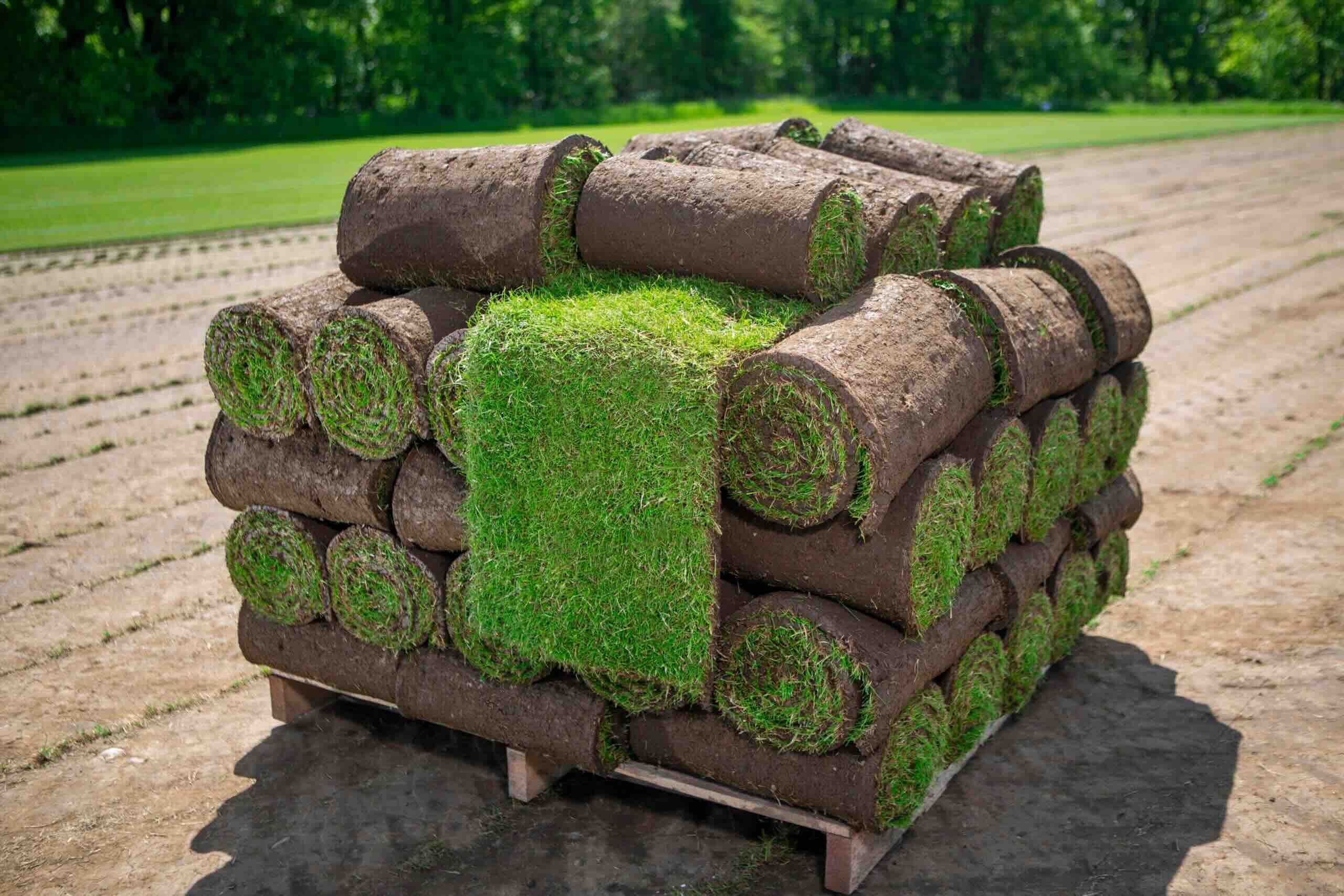

Landscaping Ideas
How Long Can Grass Stay On A Pallet
Modified: February 18, 2024
Discover landscaping ideas for storing grass on a pallet. Learn how long grass can stay fresh and vibrant, and get tips for maintaining your landscaping materials.
(Many of the links in this article redirect to a specific reviewed product. Your purchase of these products through affiliate links helps to generate commission for Storables.com, at no extra cost. Learn more)
Introduction
When it comes to landscaping projects, the use of sod or turf grass on a pallet is a convenient and efficient way to achieve a lush, green lawn. Whether you're a homeowner looking to revamp your outdoor space or a landscaper working on a commercial project, the question of how long grass can stay on a pallet is a crucial consideration. The longevity of grass on a pallet is influenced by various factors, including the type of grass, environmental conditions, and proper maintenance. Understanding these factors and implementing effective strategies for preserving the quality of the grass is essential for successful landscaping projects.
The duration for which grass can remain viable on a pallet is a topic of interest for many individuals involved in landscaping and lawn care. Factors such as the species of grass, the time of year, and the storage conditions play a significant role in determining the shelf life of grass on a pallet. Additionally, the transportation and handling of the pallet can impact the overall health and longevity of the grass. By exploring these factors and providing valuable insights into the maintenance of grass on a pallet, we can equip both homeowners and professionals with the knowledge needed to ensure the successful establishment of a vibrant, healthy lawn.
As we delve into the intricacies of preserving grass on a pallet, it's important to recognize the value of proper care and maintenance practices. By implementing the right techniques and understanding the unique requirements of different grass varieties, individuals can maximize the longevity of the grass and achieve the desired results for their landscaping projects. In the following sections, we will explore the various factors that influence the longevity of grass on a pallet and provide practical tips for maintaining its quality. Let's embark on this journey to uncover the secrets of preserving and nurturing grass on a pallet for stunning and enduring landscaping transformations.
Key Takeaways:
- Grass on a pallet’s lifespan is influenced by its type, environmental conditions, and quality. Proper care, like timely installation and ventilation, can maximize its viability for successful landscaping projects.
- To preserve grass on a pallet, it’s crucial to water it promptly, control temperature, handle it gently, and seek professional guidance. These steps ensure a vibrant and enduring lawn transformation.
Read more: How Long Can A Projector Stay On
Factors Affecting the Longevity of Grass on a Pallet
The longevity of grass on a pallet is influenced by several key factors that directly impact its viability and overall health. Understanding these factors is essential for ensuring the successful preservation and establishment of vibrant, lush grass.
-
Grass Variety: The type of grass used plays a significant role in determining its longevity on a pallet. Different grass species have varying tolerance levels to environmental conditions and storage, affecting how long they can remain viable. For instance, cool-season grasses such as Kentucky bluegrass and fescue tend to have a shorter shelf life compared to warm-season varieties like Bermuda grass and Zoysia grass.
-
Environmental Conditions: The surrounding environment, including temperature, humidity, and sunlight exposure, can greatly influence the longevity of grass on a pallet. Extreme heat or cold can accelerate the deterioration of the grass, while excessive moisture or prolonged drought conditions can also impact its viability.
-
Storage and Transportation: Proper storage and handling of the grass pallet are crucial factors. Exposure to prolonged periods of direct sunlight or excessive moisture during transportation can lead to stress and damage to the grass, reducing its longevity. Additionally, ensuring adequate ventilation and avoiding compression of the pallet can help maintain the grass's quality during transit and storage.
-
Time of Year: The season during which the grass is harvested and stored on a pallet can affect its longevity. Grass harvested during optimal growing conditions and stored during milder seasons tends to have a longer shelf life compared to grass harvested and stored during extreme weather conditions.
-
Quality of the Grass: The initial quality of the grass at the time of harvesting and palletization is a critical factor. High-quality, well-maintained grass with strong root systems and minimal stress is more likely to retain its viability for an extended period.
By considering these factors and implementing appropriate measures to address each aspect, individuals can significantly impact the longevity of grass on a pallet. Understanding the unique requirements of different grass varieties and the environmental conditions they thrive in is essential for maximizing the shelf life of the grass and achieving successful landscaping outcomes.
Grass can stay on a pallet for up to 2-3 days if it is kept in a cool, shaded area and regularly watered to maintain its freshness. After this time, the grass may start to wilt and lose its quality.
Tips for Maintaining Grass on a Pallet
Preserving the quality and viability of grass on a pallet requires diligent care and attention to various aspects of maintenance. By implementing effective strategies and best practices, individuals can ensure that the grass remains healthy and vibrant, ready for successful establishment in landscaping projects.
-
Proper Watering: Upon receiving the grass pallet, it is crucial to water the grass promptly to prevent dehydration and stress. Adequate moisture is essential for maintaining the viability of the grass during storage and transportation. However, it's important to avoid overwatering, as excessive moisture can lead to fungal issues and root rot.
-
Temperature Control: Maintaining the appropriate temperature during storage and transportation is vital for preserving the grass. Avoid exposing the pallet to extreme heat or cold, as these conditions can adversely affect the grass's health. Providing shade and ventilation can help regulate the temperature and minimize stress on the grass.
-
Timely Installation: Ideally, the grass should be installed as soon as possible after delivery to prevent prolonged exposure to the elements. Prompt installation minimizes the risk of deterioration and allows the grass to establish its root system in its new environment.
-
Proper Handling: When moving or transporting the grass pallet, handle it with care to avoid damage to the grass. Minimize excessive jostling or rough handling, as this can cause stress and impact the grass's viability.
-
Adequate Ventilation: Ensuring proper ventilation around the grass pallet is essential for preventing heat buildup and maintaining optimal air circulation. This helps prevent the grass from overheating and minimizes the risk of fungal issues.
-
Regular Inspection: Periodically inspect the grass pallet for any signs of stress, disease, or deterioration. Early detection of issues allows for timely intervention, potentially saving the grass from irreversible damage.
-
Avoiding Prolonged Storage: If possible, avoid storing the grass pallet for extended periods. The longer the grass remains on the pallet, the higher the risk of deterioration. Aim to use the grass as soon as feasible to maximize its viability.
-
Professional Guidance: Seeking advice from landscaping professionals or suppliers can provide valuable insights into the specific care requirements for the type of grass on the pallet. They can offer tailored recommendations based on the grass variety and prevailing environmental conditions.
By adhering to these tips and incorporating them into the maintenance practices for grass on a pallet, individuals can significantly enhance the longevity and quality of the grass, setting the stage for successful landscaping endeavors.
Conclusion
In conclusion, the longevity of grass on a pallet is influenced by a multitude of factors, including the type of grass, environmental conditions, storage and transportation, the time of year, and the initial quality of the grass. Understanding and addressing these factors are crucial for preserving the viability and quality of the grass, ultimately impacting the success of landscaping projects.
By recognizing the unique requirements of different grass varieties and the environmental conditions they thrive in, individuals can implement tailored strategies to maximize the shelf life of the grass on a pallet. Whether it's ensuring proper watering, temperature control, timely installation, or regular inspection, each aspect of maintenance plays a vital role in sustaining the health and vibrancy of the grass.
Furthermore, the significance of professional guidance and expertise cannot be overstated. Seeking advice from landscaping professionals or suppliers can provide valuable insights into the specific care requirements for the type of grass on the pallet. Their expertise can offer tailored recommendations based on the grass variety and prevailing environmental conditions, contributing to the overall success of the landscaping project.
Ultimately, the goal is to ensure that the grass on the pallet remains healthy, vibrant, and ready for successful establishment. By adhering to best practices and implementing effective maintenance strategies, individuals can set the stage for stunning and enduring landscaping transformations.
In the realm of landscaping, the preservation and nurturing of grass on a pallet are essential components of achieving lush, green lawns and vibrant outdoor spaces. By understanding the factors influencing the longevity of grass on a pallet and implementing the recommended tips for maintenance, individuals can embark on their landscaping endeavors with confidence, knowing that they are equipped with the knowledge and strategies to ensure the successful establishment of healthy, thriving grass.
In essence, the journey of preserving and nurturing grass on a pallet is a testament to the dedication and care invested in creating beautiful outdoor landscapes. With the right approach and a commitment to excellence in maintenance, the vision of a lush, vibrant lawn can be transformed into a stunning reality, enriching outdoor spaces and enhancing the natural beauty of the surroundings.
Frequently Asked Questions about How Long Can Grass Stay On A Pallet
Was this page helpful?
At Storables.com, we guarantee accurate and reliable information. Our content, validated by Expert Board Contributors, is crafted following stringent Editorial Policies. We're committed to providing you with well-researched, expert-backed insights for all your informational needs.
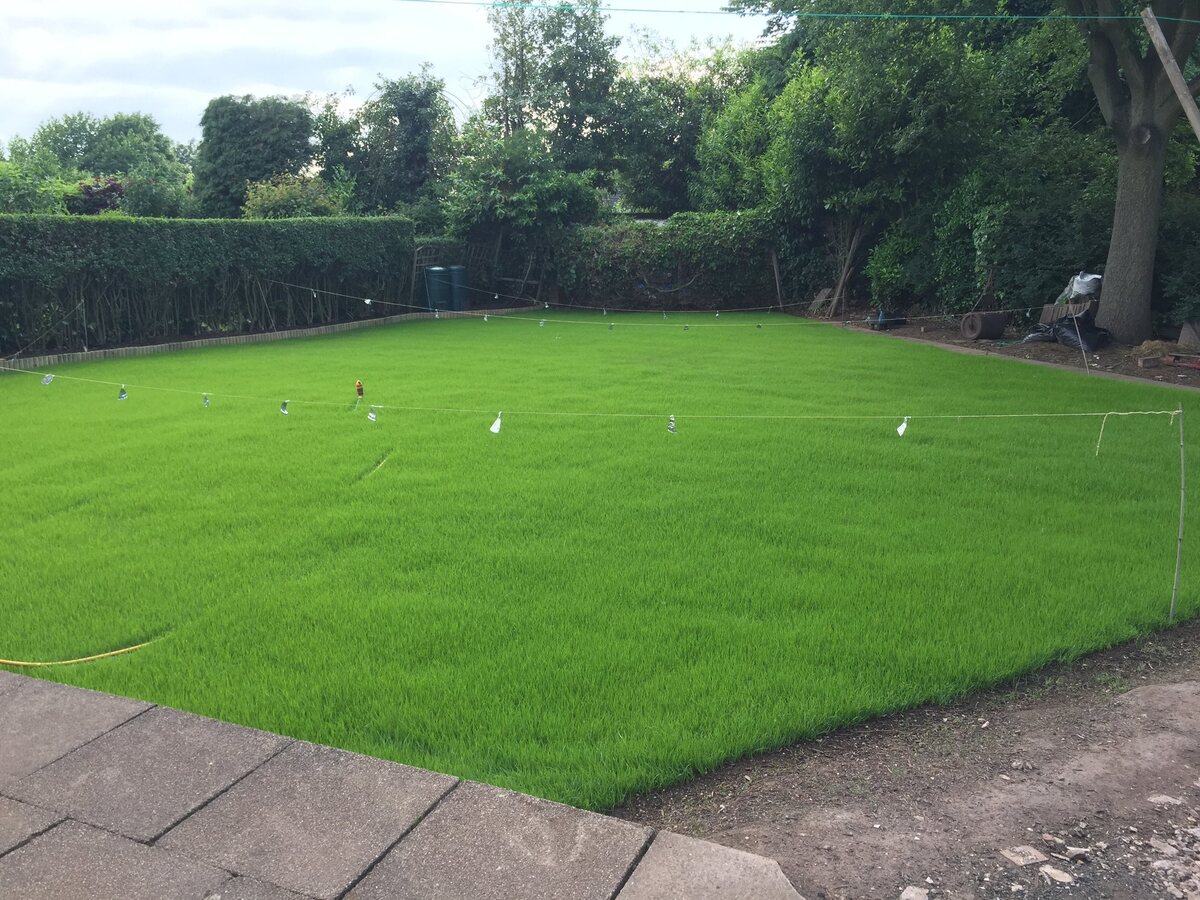
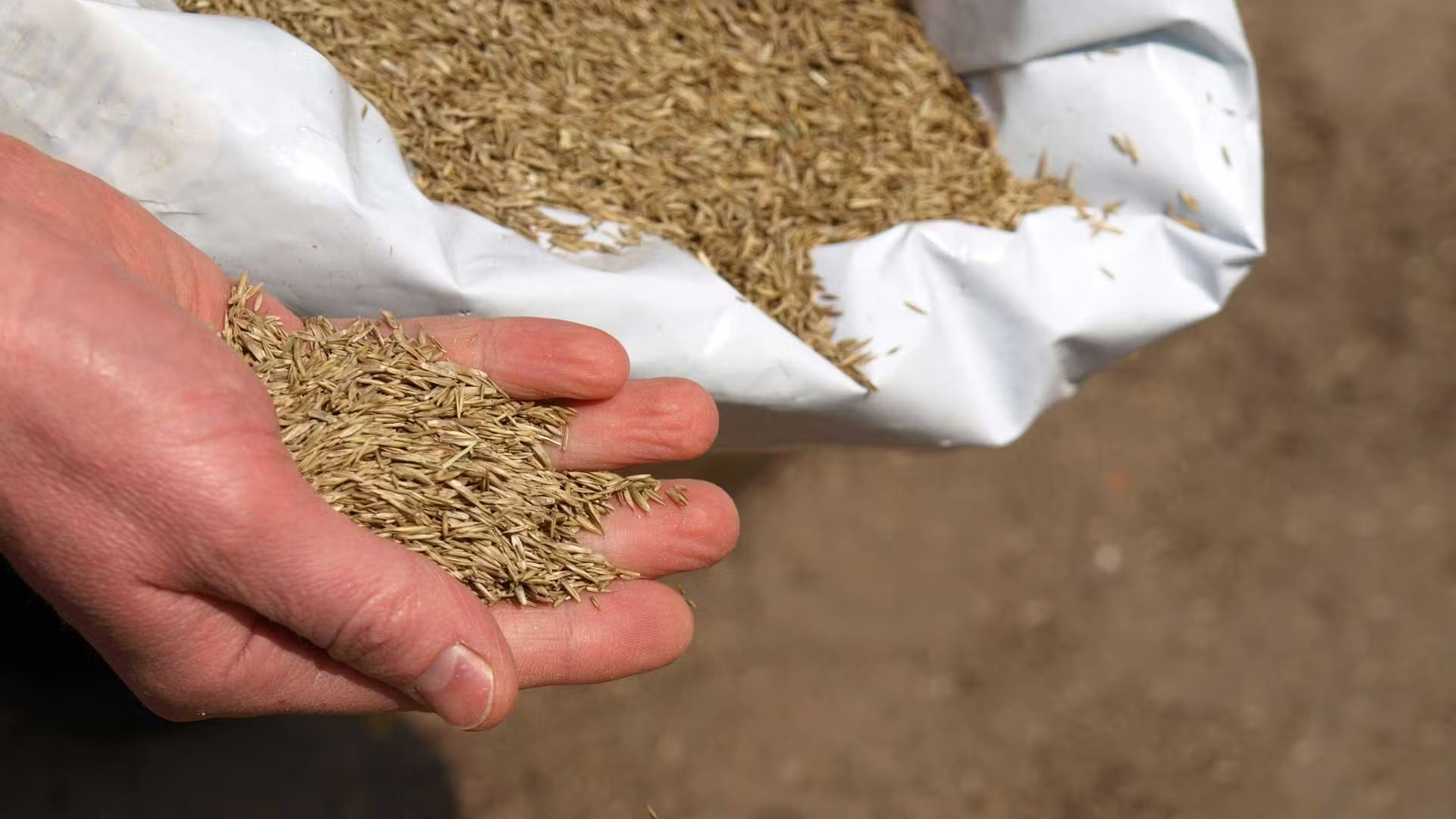


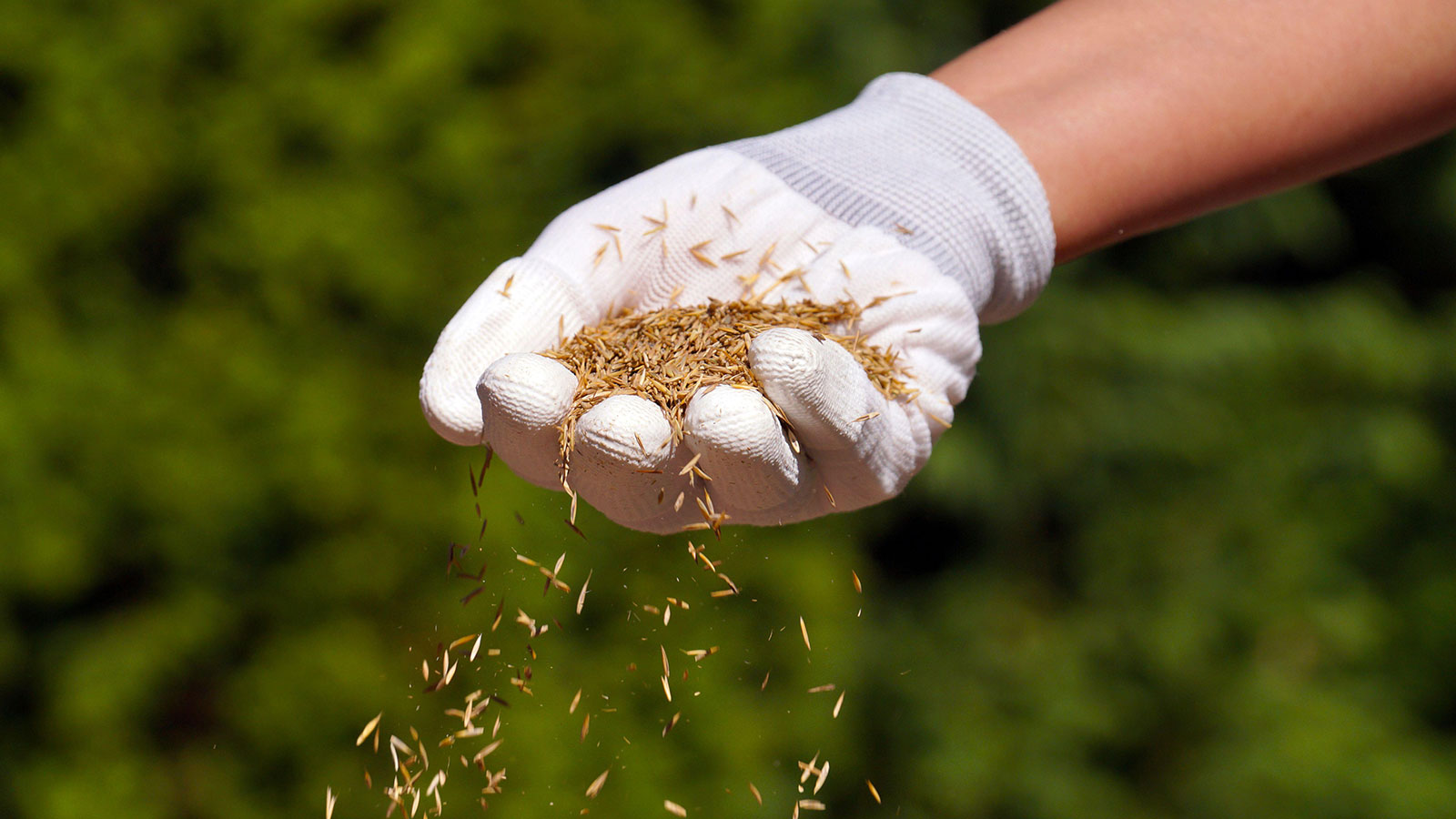



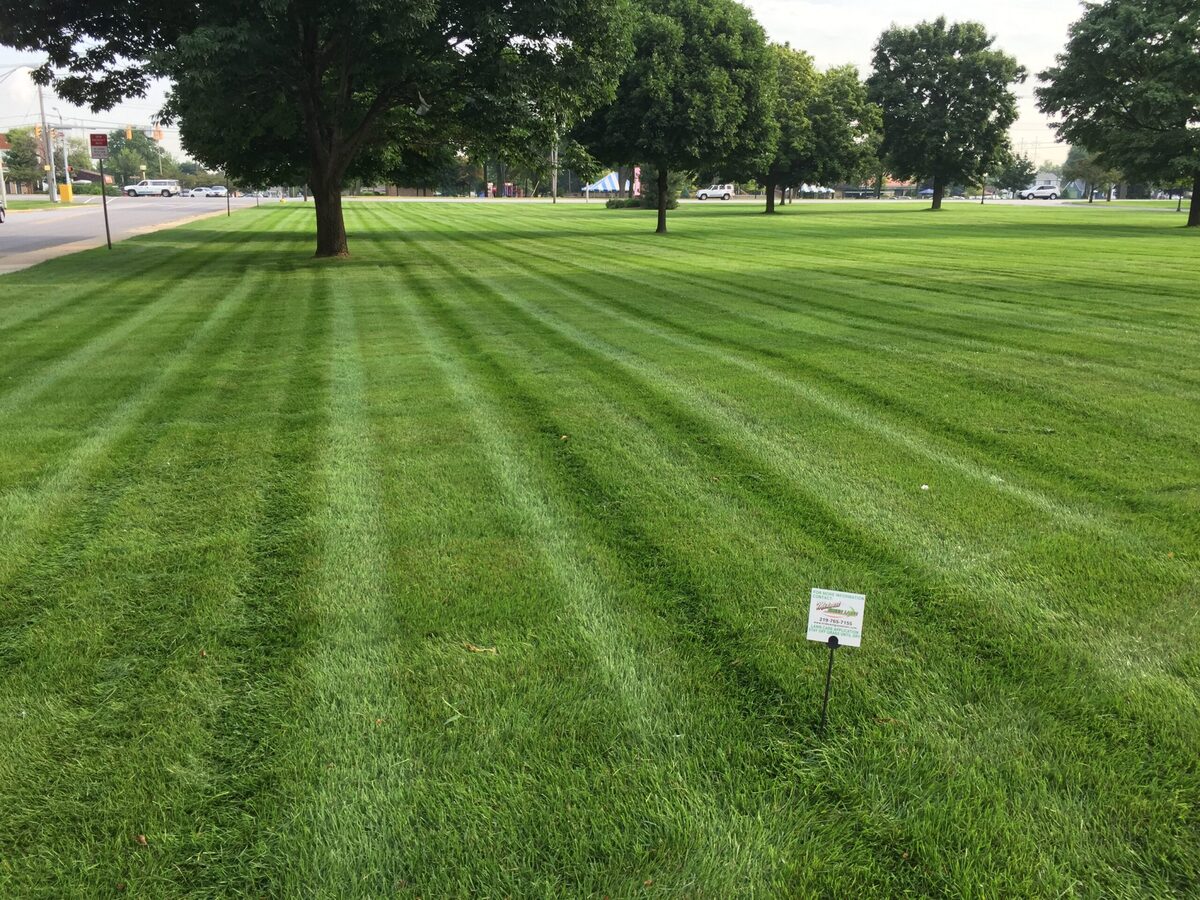
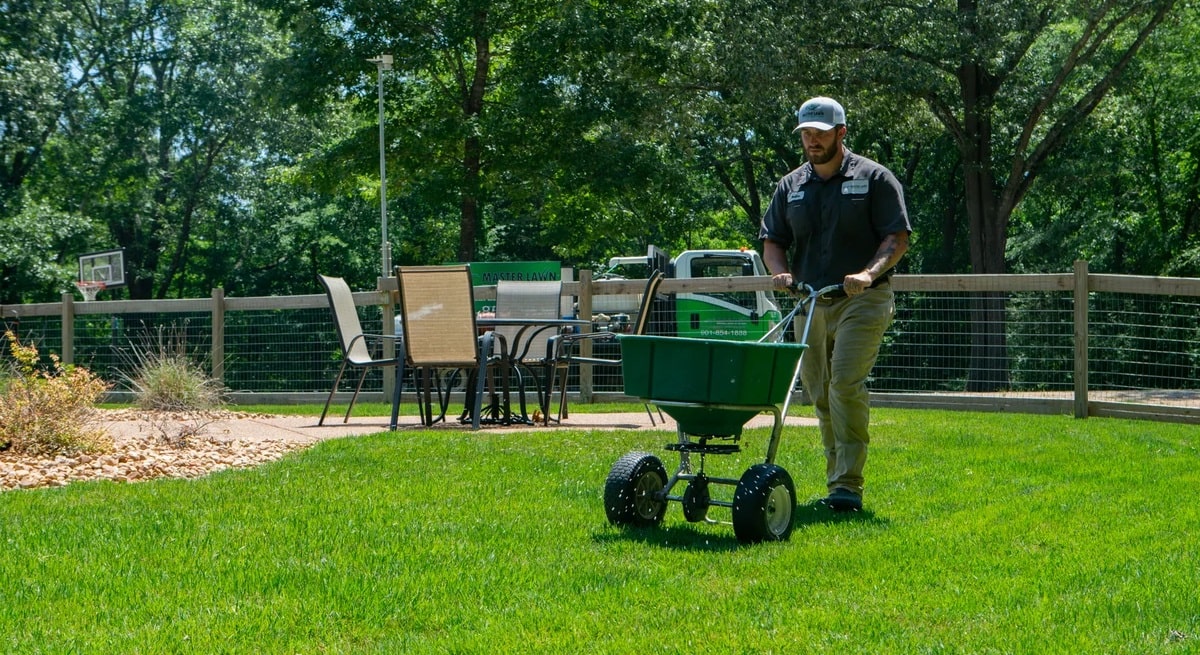
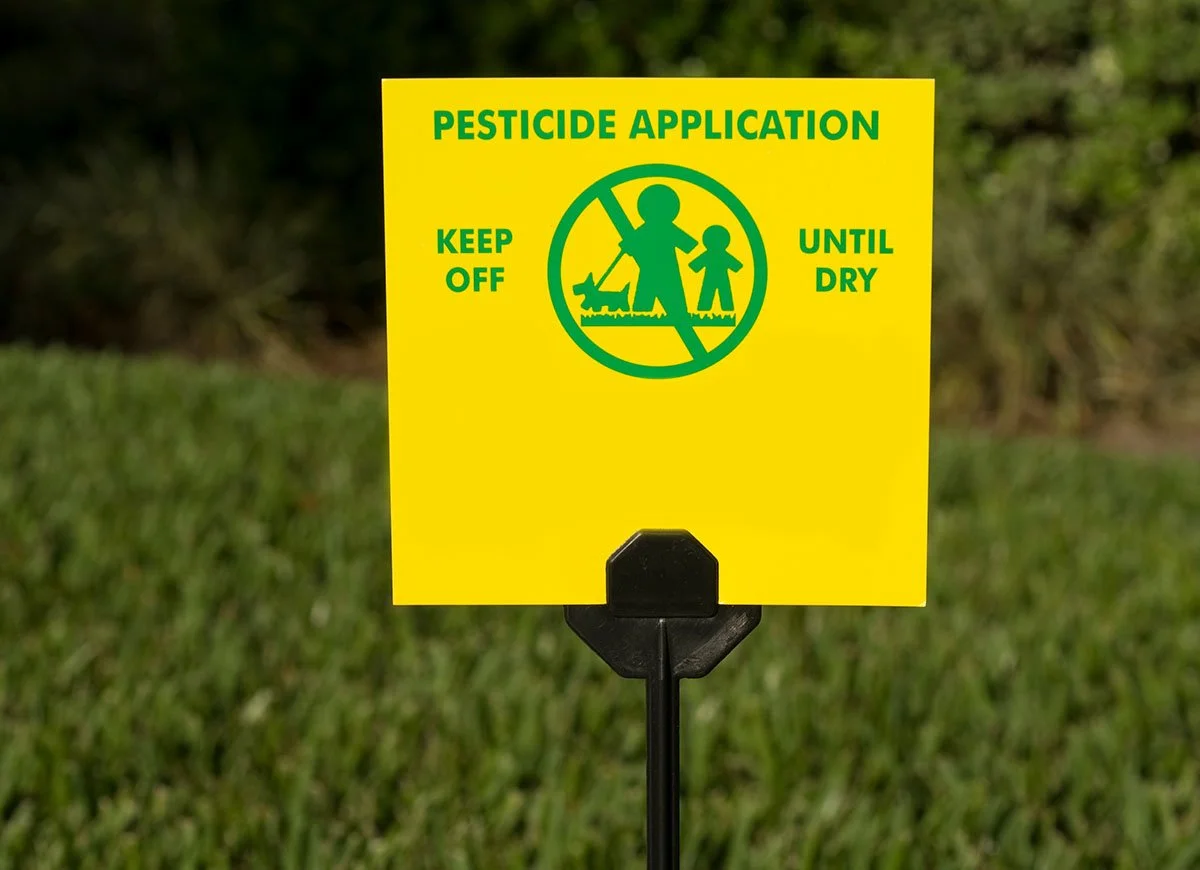





0 thoughts on “How Long Can Grass Stay On A Pallet”